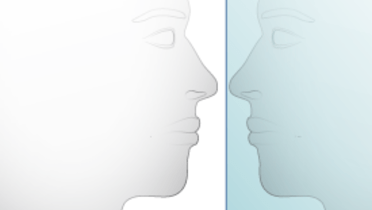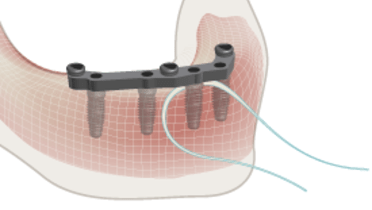-
0
Patient Assessment
- 0.1 Patient demand
- 0.2 Overarching considerations
- 0.3 Local history
- 0.4 Anatomical location
- 0.5 General patient history
-
0.6
Risk assessment & special high risk categories
- 5.1 Risk assessment & special high risk categories
- 5.2 age
- 5.3 Compliance
- 5.4 Smoking
- 5.5 Drug abuse
- 5.6 Recreational drugs and alcohol abuse
- 5.7 Parafunctions
- 5.8 Diabetes
- 5.9 Osteoporosis
- 5.10 Coagulation disorders and anticoagulant therapy
- 5.11 Steroids
- 5.12 Bisphosphonates
- 5.13 BRONJ / ARONJ
- 5.14 Radiotherapy
- 5.15 Risk factors
-
1
Diagnostics
-
1.1
Clinical Assessment
- 0.1 Lip line
- 0.2 Mouth opening
- 0.3 Vertical dimension
- 0.4 Maxillo-mandibular relationship
- 0.5 TMD
- 0.6 Existing prosthesis
- 0.7 Muco-gingival junction
- 0.8 Hyposalivation and Xerostomia
- 1.2 Clinical findings
-
1.3
Clinical diagnostic assessments
- 2.1 Microbiology
- 2.2 Salivary output
-
1.4
Diagnostic imaging
- 3.1 Imaging overview
- 3.2 Intraoral radiographs
- 3.3 Panoramic
- 3.4 CBCT
- 3.5 CT
- 1.5 Diagnostic prosthodontic guides
-
1.1
Clinical Assessment
-
2
Treatment Options
- 2.1 Mucosally-supported
-
2.2
Implant-retained/supported, general
- 1.1 Prosthodontic options overview
- 1.2 Number of implants maxilla and mandible
- 1.3 Time to function
- 1.4 Submerged or non-submerged
- 1.5 Soft tissue management
- 1.6 Hard tissue management, mandible
- 1.7 Hard tissue management, maxilla
- 1.8 Need for grafting
- 1.9 Healed vs fresh extraction socket
- 1.10 Digital treatment planning protocols
- 2.3 Implant prosthetics - removable
-
2.4
Implant prosthetics - fixed
- 2.5 Comprehensive treatment concepts
-
3
Treatment Procedures
-
3.1
Surgical
-
3.2
Removable prosthetics
-
3.3
Fixed prosthetics
-
3.1
Surgical
- 4 Aftercare
Patient expectations
Key points
- The most important goal of treatment is to meet or exceed patient expectations
- Unmet expectations of a functional nature or stemming from discomfort or pain, are usually easier to identify and address than esthetic deficiencies
- In case of unmet expectations patients will be more understanding of the circumstances if the dentist has shown true caring for the patient.
Continuous dialogue with patient
Addressing the patient’s chief complaints satisfactorily and meeting patient expectations lies at the core of all dental therapy. The best way to ensure that patient expectations are met or exceeded is by thoughtful listening during the diagnosis and treatment planning phases and then by regular reference to those initial goals during treatment.
Managing unmet patient expectation
Occasionally, despite the best of intentions and excellent technical treatment, a patient’s expectations will not be met. Acknowledging the patient’s disappointment in a sensitive manner and working with the patient to improve the treatment outcomes is the best way to address the situation while preserving the dentist-patient relationship. Patients will be more understanding of the circumstances surrounding their disappointment if the dentist has shown true caring for the patient.
If the unmet expectations are of an esthetic nature, the subjective response of the patient and his/her family and friends must be considered. Sometimes a patient can point to a specific issue that, if rectified, will address the concerns. However, sometimes a patient is not satisfied but cannot pinpoint the reason for their unease. These situations are particularly difficult for both patient and clinician.
Unmet expectations of a functional nature or stemming from discomfort or pain, are usually easier to identify and address than esthetic deficiencies. However, here too, if the problem is subjective in nature, resolution can be challenging. Regardless, a caring and soothing discourse with the dissatisfied patient is the best path forward.





